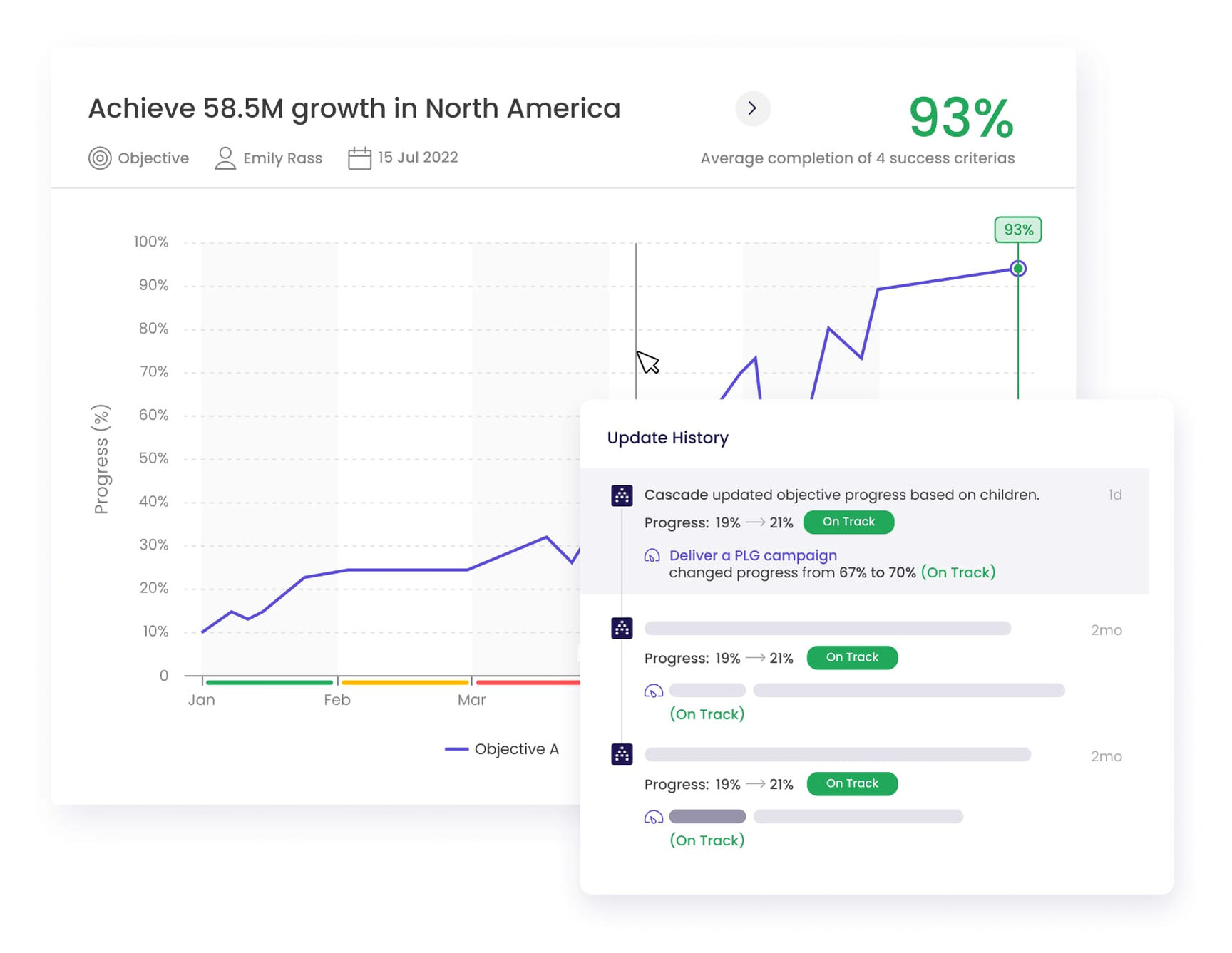This article concerns business process automation and why your business might need it.
A Little Background
During the Financial Crisis, the United States secured a bailout package worth around $700 billion in 2007/08 to help the economy recover. This led to an economic slump not seen since the Great Depression. Currently, the United States has loaded the American economy with around $13 trillion in COVID relief. When you consider that 49% of VC funding across Europe comes from the United States, we can’t overstate how important it is to automate your business and start shedding inefficient practices.
According to a report in 2021 by Netsuite, 31% of businesses have at least one digital process automated. Which leaves 69% of businesses with zero processes automated.
These are “digitally native” businesses, not auto repair shops. Businesses like SaaS companies, marketing agencies, IT service providers, even banks.
In the report, over 1600 businesses were asked about their state of digital transformation, the results were shocking. 21% said they were “all done” with digital process transformation, 56% were “doing something about it”. Although when asked further questions the actual investment and implementation was woefully lacking.
Only 34% of banks were interested in digital transformation, which includes business process automation. This is partly why legacy banks are so cumbersome compared to neo banks.
What Exactly Is Business Process Automation?
BPA or (Business Process Automation) is when a business uses software to automate some of the repeatable tasks it must perform on a daily or weekly basis. The reason for this is a combination of workflow streamlining and cost saving through efficiency. Although perhaps streamlining will inevitably result in efficiency.
These types of automations are complex, interconnected and bespoke. Multiple information technology systems within the business are connected and optimized, so the solution is always bespoke.
There’s no “one size fits all” with business process automation. In certain industries, industry standard software makes the job a lot easier and with repeatable, reliable results.
What Is A Business Process?
Every business has a process, or multiple processes. The basic definition is “any business activity that helps a business reach a goal”. Marketing, administration, invoicing, sales, these are all parts of a business, and they all have unique processes.
With automated processes, we are talking mainly about software-based systems that interconnect different parts of a business. Multiple steps, multiple systems, multiple employees involved.
These are usually managed “as and when”, and involve email threads, updates, and handoffs. This can cause bottlenecks and, in most cases, complete system failure.
Kanban (the Japanese word for signboard) is a very primitive form of BPA. The car maker Toyota started using this “just in time” system of index cards to see at a glance how the entire car plant was operating.
These days Toyota, and every other modern company, uses software to prevent these bottlenecks. We can deploy software, processes and strategy to bring multiple systems together, improve communication between employees and ultimately strip away those inefficiencies.
What Is Robotic Process Automation?
Like BPA, RPA (robotic process automation) uses software to automate tasks. The fundamental difference is that RPA is software trained to mimic easily repeatable tasks that humans used to do. These tasks are usually monotonous or require rapid reaction, tasks like data mining, data input, insurance claim pay-outs (Sompo Insurance in Japan).
The next logical step for RPA is PRAAI, artificial intelligence running simple robotic software automation tasks with no human input required.
Very different to BPA, that needs a trained eye to connect all the dots of a complex system and optimize them. RPA is easily installed by a beginner and run with no training or connection to an API (Application Programming Interface). BPA is a consultative top-down view of an entire business.
That’s not to say that BPA doesn’t use machine learning (AI), it’s just that machine learning is part of the solution instead of most of the solution.
What Is Business Process Management (BPM)?
Business Process Management or (BPM) is the plan or strategy used to implement the BPA. Stakeholders can use business process management to figure out the inefficiencies of current systems and workflows, improve it and then use tools to track and monitor it.
BPM doesn’t identify specific software, it’s simply a strategy.
It all goes back to OKRs (we wrote about that here). The business would set objectives and key results, then set automated processes to achieve those goals, or at least tighten the workflows so that OKRs are met.
What Does Automation Actually Look Like?
Here are a few ways BPA could affect your business positively.
- Tech stack automation. You get to keep your favorite software; we just show you how to use it correctly and integrate it to streamline day-to-day processes
- Performance dashboards for sales leaders, marketing leaders, investors and boards. This allows everyone involved with decision making to see what’s happening...live. With the ability to make key decisions fast, hassle free
- Fast implementation of non-invasive workflows, no beats missed
Why Automate Your Business?
The economy is looking pretty sick right now. Consumer spending is down across the board, VC money is probably going to be harder to get and businesses are getting ready for an uncertain winter. The U.K. is seeing the highest interest rates in 13 years, the U.S. is seeing its highest rates in 28 years.
In fact, the National Association of realtors stated that in June 2022, 18 million Americans who could afford a mortgage in January, can’t afford it now. The average fixed-rate mortgage is now 6.5% and climbing. In a nutshell, we are seeing echoes of 2007/08.
Perhaps pumping the economy with cheap (free) money during the COVID-19 pandemic wasn’t such a good idea. The massive slump we saw after the banks were bailed out is probably going to happen again, and might be worse. When you consider the $13 trillion spent on COVID-19 relief, it’s not hard to imagine.
The average consumer is looking to save money, and likewise, the average business owner is figuring out there’s money to be clawed back too. Some business owners will go the usual route, use cheaper suppliers, cut staff, drop certain incentives. The smart business owners will start with finding a trusted partner to help with business process automation.
You can automate time wasting, inefficient processes within the existing business. Founders and owners can cut out a lot of slack that at the end of every quarter, tally’s up a silent bill.
Sometimes it isn’t the major things that cost the most. It’s the small, silent processes that add up and cost your business a small fortune because they take time and are repetitive.
Processes like:
- Employee onboarding
- Employee leave requests
- Purchase orders
- Expense claims
- Processing invoices
- Price quotes
- Budget approvals for easier financial planning
- Accounting processes
- Customer support tickets
In fact, it’s because most of the costly inefficiencies are silent that business ownership ignores the possibility of said inefficiencies. By partnering with an expert, you’re secure knowing that all those hidden money holes are found and plugged before it’s too late.
Processes like decision automation, augmentation and automated responses alone can shed time off the employee workload.
In Closing
These solutions, training and services, once combined, make a powerful shield against any economic uncertainty. In closing, BPA shows that you’re here to stay. You’re investing in a robust, repeatable system that allows your business to grow and thrive while others are scrambling around to save a few pennies on coffee filters.
Share this
You May Also Like
These Related Blogs

Accelerating Success: Streamlining Sales Processes for Tech and SaaS Businesses

How Financial Services Businesses Are Leveraging Automation with HubSpot
